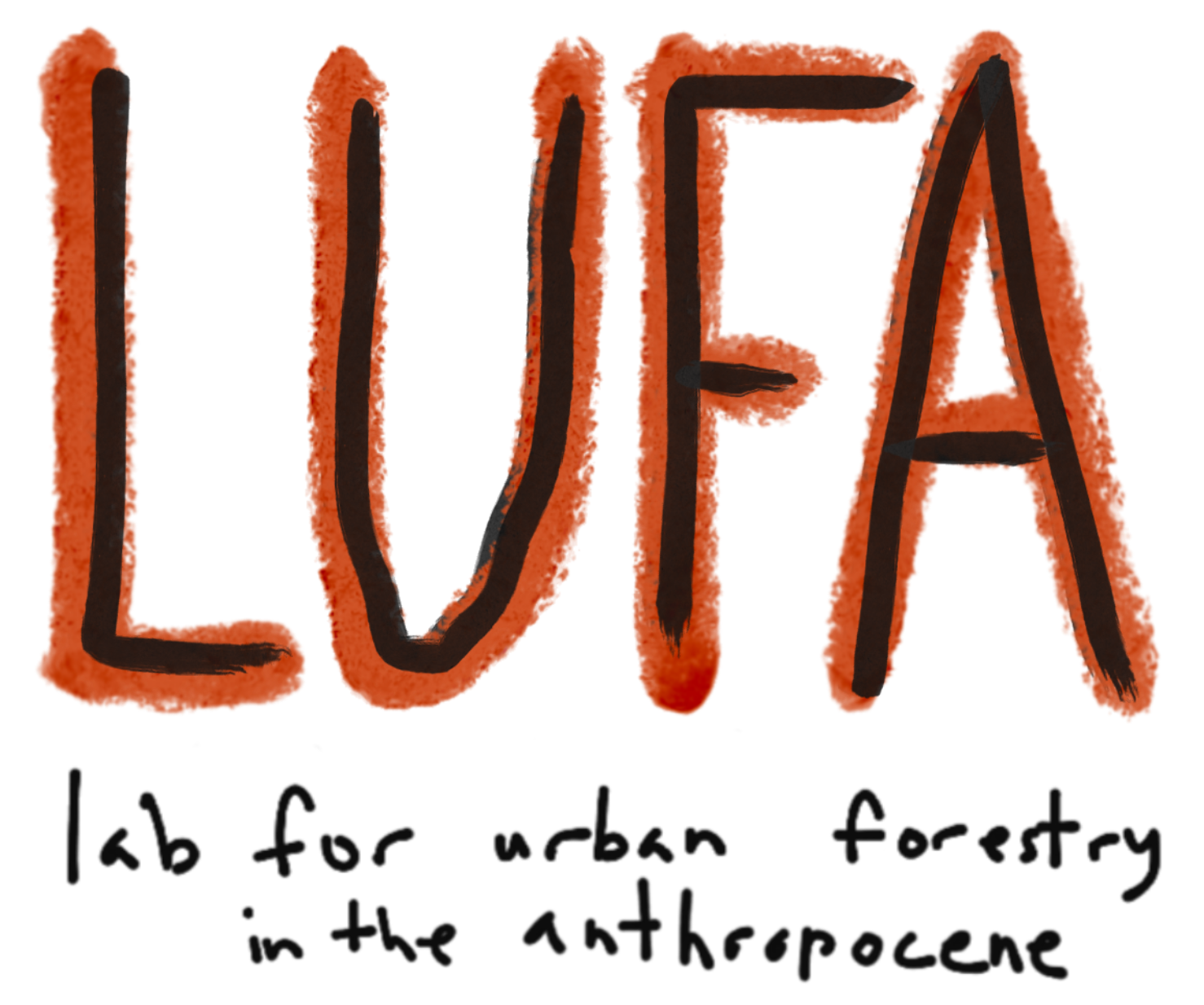BY Marty KeaneOur society is indebted and slave to fossil fuels today. We use coal, oil, and natural gas to produce electricity to power our homes and transportation. We, in America and most of the developed world, are allowed the freedom to enjoy cheap energy so that we can live productive lives. We can heat and cool our homes, cook, drive, make money, grow and distribute food, and advance technologically all thanks to fossil fuels. The fossil fuel companies are profiting enormously in today’s world off of the cheap fossil fuels that are still consistently in high demand. However, this use of fossil fuels does not come without a cost. Our environment is at stake. Looking past that fact that fossil fuels are not a renewable source of energy, there are a slew of other reasons why we should quit using fossil fuels, most being that they destroy the environment. The extraction, transportation, and energy production of fossil fuels pollutes the environment from the water we drink to the air we breathe. Extraction processes include oil and natural gas fracking, tar sands removal, mountain top removal, underground and surface coal mining, and inland and off shore oil drilling. These methods of extraction are known to cause terrible environmental impacts such as poor air quality, forest fires, loss of biodiversity, oil spills, pipeline explosions, fresh water supply contamination, and even earthquakes. According to the Center for Climate and Energy Solutions, carbon emissions from just coal combustion for electric power production alone was responsible for 24.5% of the total U.S. greenhouse gas emissions in 2012.
Fortunately, we can transition to 100% renewable energy tomorrow. Renewable energy comes in many different forms such as: wind, solar, geothermal, hydro, biofuel, and nuclear. The most plausible renewable energy forms are solar and wind energy. Solar energy uses solar panels covered in solar cells that have been manufactured to harness the sun’s rays and convert it into electricity that can be used and stored. Wind energy uses giant wind turbines that spin in the wind and generate electricity that can also be used and stored. Both solar and wind energy are clean and renewable forms of energy. While transitioning to renewable energy will help stop the destruction of our natural environment, it will also help boost our economy by providing jobs and new business incentives all centered in clean energy. One company that has been in the forefront of renewable energy technologies is Tesla Motors. They have successfully made insanely powerful and stylish electric cars available to a large market. Recently, they have released a way to store wind or solar energy in your own home so that you can power your entire home and charge your electric car at the same time. Tesla calls this home battery the PowerWall. It is a sleek battery pack that hangs on our wall. Tesla has also recently released their Solar Roof which is a new take on home solar panels. The idea is that the solar panels are in each roofing tile. They have created textured glass solar roofing tiles that act and look like normal tiles. They are in fact more efficient and more athletically pleasing than normal solar panels. This three-part system that Tesla has created will be available by the end of 2017 and is a way for individual households to go completely independent of the power grid. In short, this is a company working hard to bring about the transition from fossil fuels to renewable energy much quicker. Transitioning to 100% renewable energy and away from fossil fuel based power will not only help our environment heal but will also stand to boost our economy. Protecting and conserving our environment is necessary for the continued survival of humanity and all other living things on our planet. Not quite equal in importance or urgency but also very desirable is boosting our economy, growing jobs, and dismantling the huge and powerful fossil fuel corporations. Our society has the power, resources, and technology to start transitioning to 100% renewable by tomorrowwhat is in our way?
0 Comments
Your comment will be posted after it is approved.
Leave a Reply. |
AuthorsStudents in Jess' ENV 151 Introduction to Sustainability write blog posts on a sustainability-related topic of their choice. ArchivesCategories
All
|
1110 West Belden Avenue Chicago Illinois 60614
|
Site last updated: August 9, 2018.


